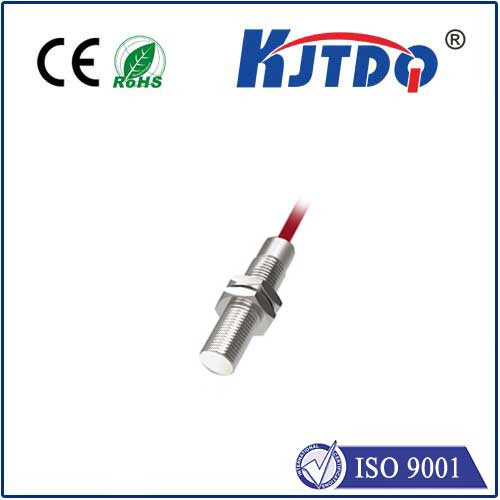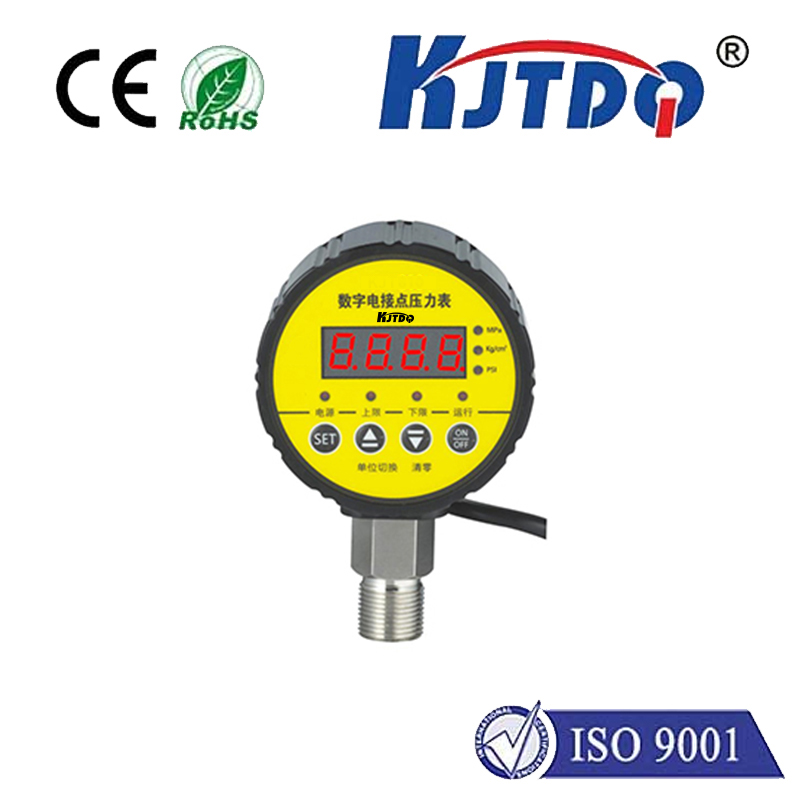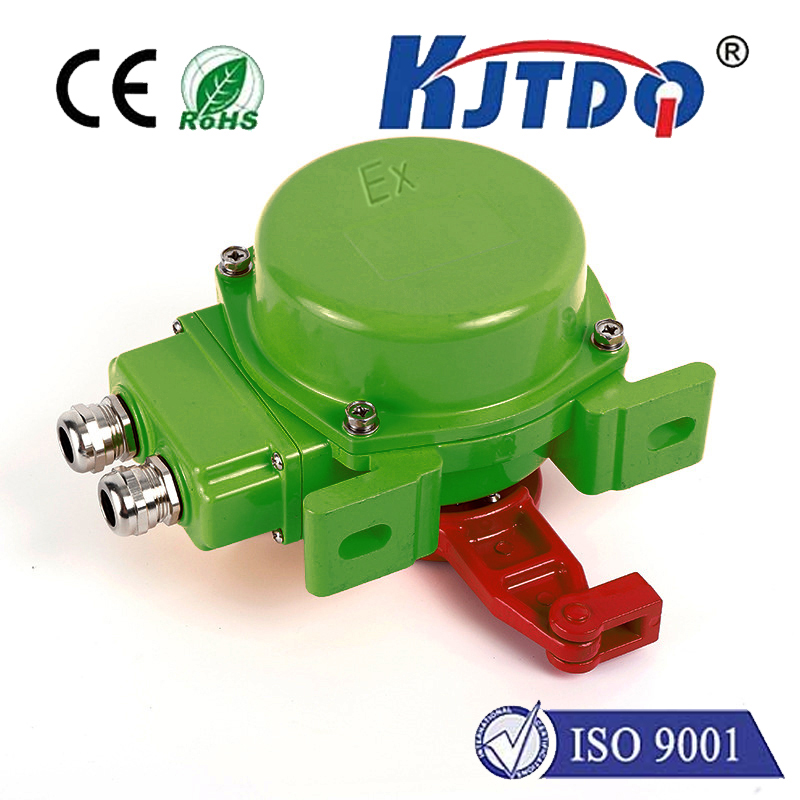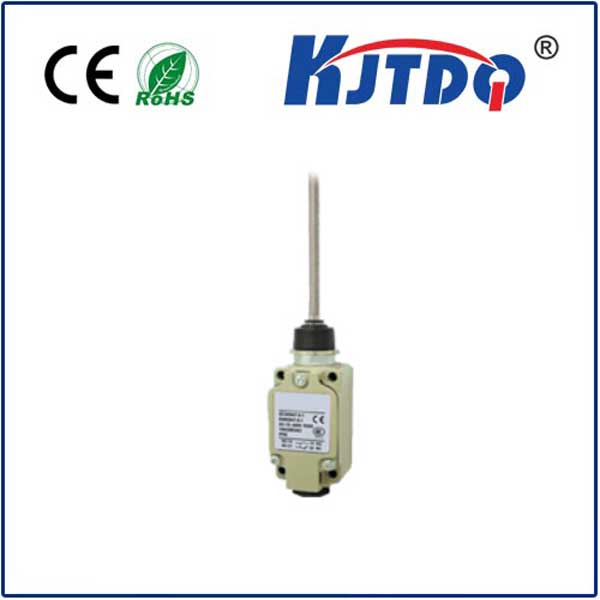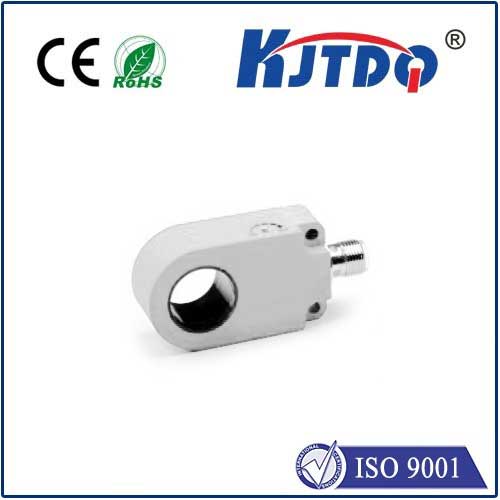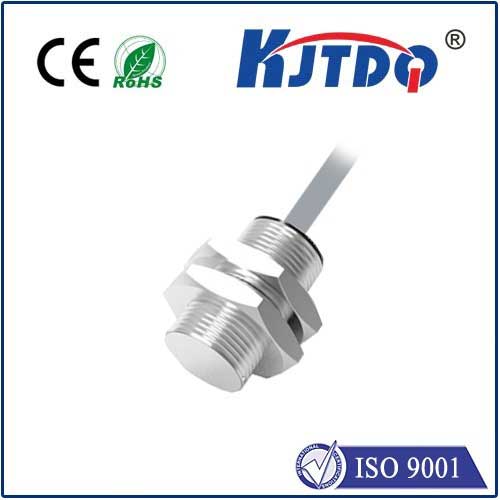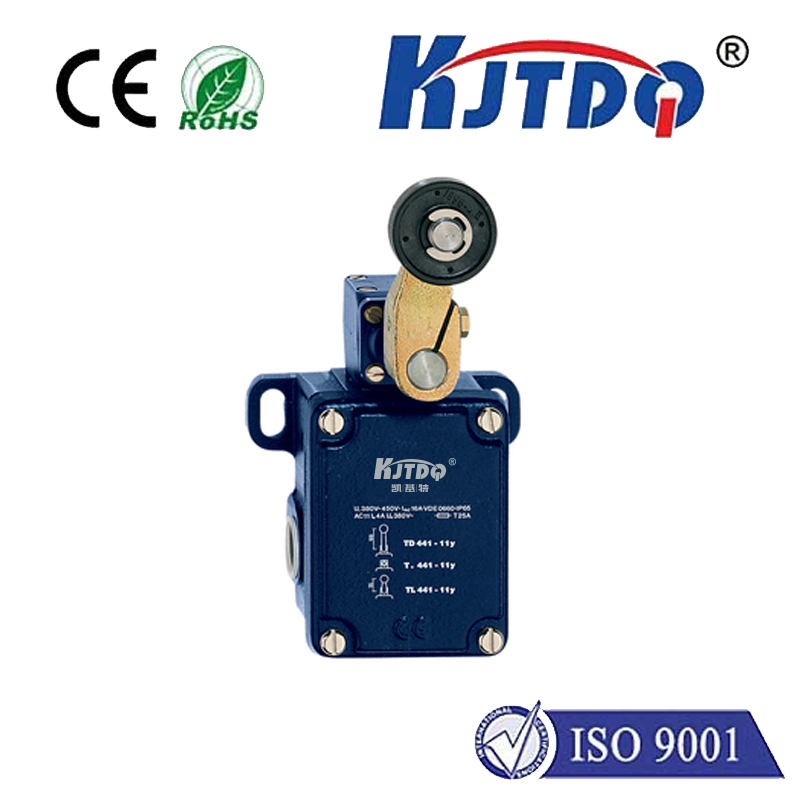laser sensor types
- time:2025-08-28 02:07:10
- Click:0
Laser Sensor Types: Illuminating Precision Across Industries
Imagine giving machines the equivalent of human vision, capable of perceiving distance, position, shape, and even composition with astonishing accuracy. This is the fundamental power of laser sensors. These sophisticated devices harness the unique properties of coherent light to perform critical measurement, detection, and positioning tasks across countless industries. Understanding the different laser sensor types is essential for selecting the right tool for increasingly demanding automation and quality control applications.

At their core, laser sensors emit a focused beam of light and analyze the reflection to gather specific information. The interaction of this laser light with a target—be it a component on an assembly line, a vehicle in traffic, or even atmospheric particles—provides the data. The method used to interpret this reflected light defines the distinct sensor types, each with its own strengths and ideal use cases.
Demystifying Common Laser Sensor Technologies
Let’s delve into the primary categories driving precision in modern applications:
- Time-of-Flight (ToF) Laser Sensors: Measuring Distance with Light Speed
- Principle: These sensors calculate distance by precisely measuring the time it takes for a laser pulse to travel to a target and back. The speed of light is constant, so distance = (Speed of Light x Time of Flight) / 2.
- Key Attributes: Excellent for long-range applications (often meters to kilometers). Generally offer moderate to good accuracy over large distances. Performance can be affected by target surface properties and ambient light. Often used in 2D/3D area scanning.
- Common Applications: Autonomous vehicles (LiDAR), drone navigation, warehouse inventory management (volume scanning), robotics (collision avoidance), building surveying, level monitoring in silos/tanks.
- Triangulation Laser Sensors: Precision Short-Range Measurement
- Principle: A laser diode projects a spot onto the target surface. The reflected light hits a position-sensitive detector (PSD or CMOS/CCD array) at an angle determined by the target’s distance. The angle shift is used to calculate the distance via trigonometric triangulation.
- Key Attributes: Excels at high accuracy and resolution over shorter ranges (typically millimeters up to a few meters). Performance is highly dependent on surface reflectivity, color, and texture – shiny or transparent targets can be challenging. Robust performance in controlled environments.
- Common Applications: Thickness gauging of materials, precise dimensional inspection on production lines, vibration measurement, position control of components, wafer height measurement, part presence verification.
- Diffuse Reflection (Proximity) Laser Sensors: Simple Presence Detection
- Principle: The sensor emits a laser beam. If a target is within its range, enough light diffuses (scatters) back to the receiver within the sensor housing. Detection occurs based on the intensity of the received reflected light surpassing a set threshold.
- Key Attributes: Fundamentally binary output (object present/absent). Relatively simple and cost-effective. Detection range and reliability significantly depend on the target’s color, reflectivity, size, and surface angle. Limited accuracy for distance measurement.
- Common Applications: Basic object detection on conveyors (e.g., bottle presence), position verification of moving parts, checking fill levels (if opaque), counting objects, simple conveyor jam detection.
- Through-Beam Laser Sensors (Barrier): Maximum Immunity
- Principle: Consists of separate, opposing components: a laser emitter and a receiver. The laser beam travels across the gap between them. An object is detected when it interrupts (blocks) this beam path.
- Key Attributes: Offers the longest possible detection range for a given laser power. Immune to target color, reflectivity, or surface finish (only needs to block the beam). Requires careful alignment between emitter and receiver.
- Common Applications: High-speed counting on production lines, object dimensioning by measuring beam interruption time, safety light curtains (advanced versions), detecting small or transparent objects difficult for diffuse sensors, position gates.
- Retroreflective Laser Sensors: Simplified Beam Systems
- Principle: Combines emitter and receiver in one housing. A reflector (corner-cube prism or specialized tape) is placed opposite the sensor. The emitted beam bounces directly off the reflector and back to the receiver. Detection occurs when an object breaks this established beam path.
- Key Attributes: Easier installation than through-beam (only power needed at sensor head). Good immunity to target surface properties (like through-beam). Requires reflector mounting. Range generally less than through-beam.
- Common Applications: Similar to through-beam where easier installation is desired: door position monitoring, pallet detection, conveyor line starts/stops, presence detection in machinery guarding.
- (Advanced/Niche Types) Confocal Displacement Sensors: Targeting Transparent & Reflective Surfaces
- Principle: Uses a multi-lens optical system where only light reflected from a specific focal plane (determined by the wavelength) is focused onto a detector. Shifting the wavelength shifts the focal plane, allowing precise height mapping.
- Key Attributes: Unparalleled ability to measure transparent materials (glass, films, liquids) and highly reflective surfaces with high precision. Offers nanometer resolution. More complex and expensive.
- Common Applications: Measuring thickness of glass panes or wafers, inspecting transparent bottle walls, precision position control in semiconductor manufacturing.
- (Advanced/Niche Types) Laser Interferometers: Ultimate Precision Measurement
- Principle: Splits a laser beam; one part travels to the target and back, the other follows a reference path. The distance is determined by the interference pattern created when the two beams recombine. Changes in distance cause shifts in this pattern.
- Key Attributes: Achieves the highest possible accuracy and resolution (sub-nanometer levels). Used for calibration and ultra-precise metrology. Requires highly stable conditions and complex setups.
- Common Applications: Calibrating machine tools and coordinate measuring machines (CMMs), semiconductor mask alignment, precision stage positioning in photolithography, scientific research.
Selecting the Right Laser Sensor: Key Considerations
Choosing the optimal laser sensor type hinges on clearly defining the application requirements:
- What needs to be measured/detected? Distance, presence, thickness, vibration, profile?
- Required Range: From micrometers to kilometers?
- Accuracy/Resolution: How precise does the measurement need to be?
- Target Properties: Material, color, reflectivity, transparency, surface texture?
- Environment: Ambient light levels, dust, fog, temperature extremes, vibration?
- Output Requirements: Analog signal (e.g., 4-20mA, 0-10V), digital switching signal (PNP/NPN), serial data (RS232, RS485), Ethernet






